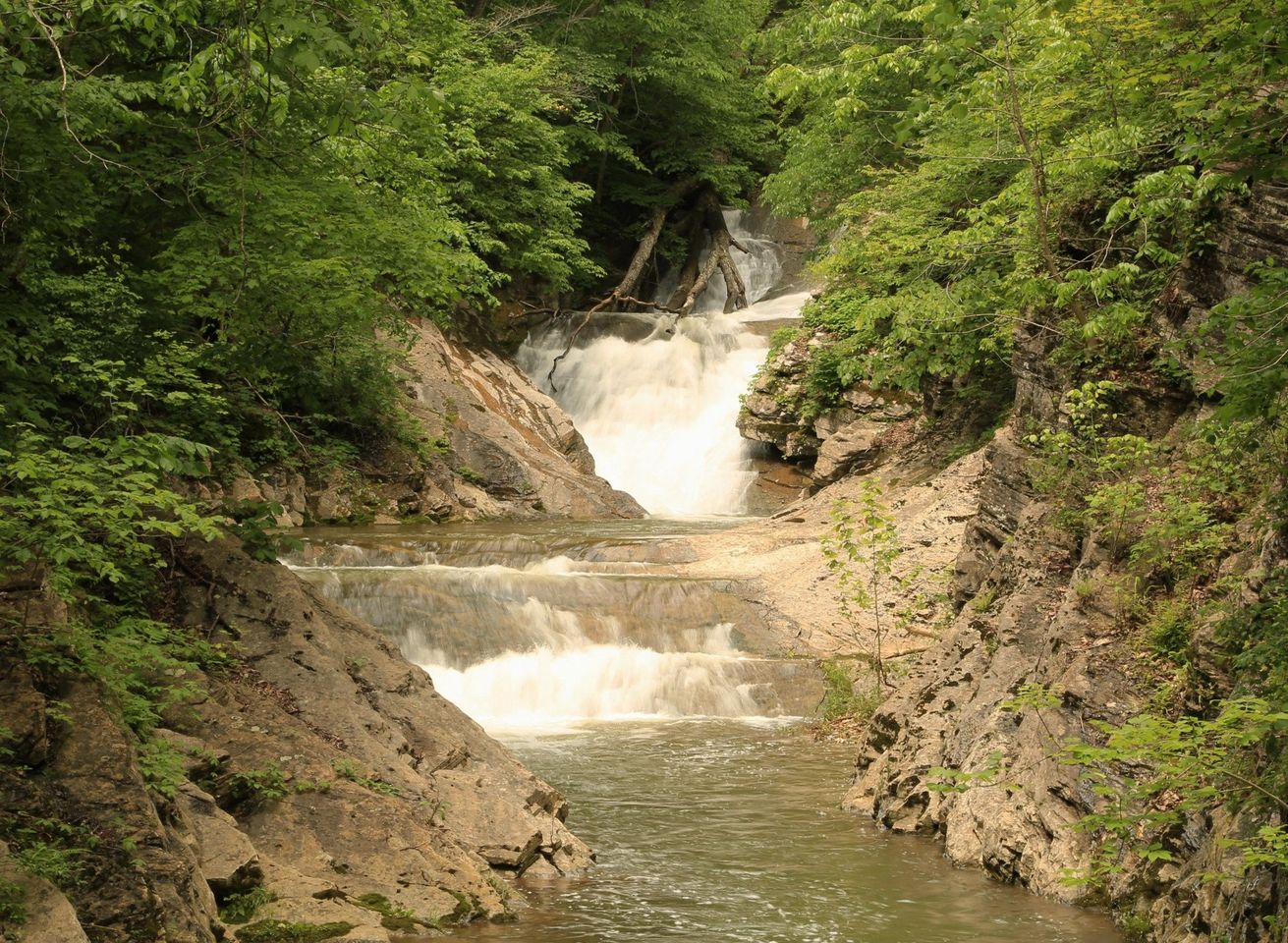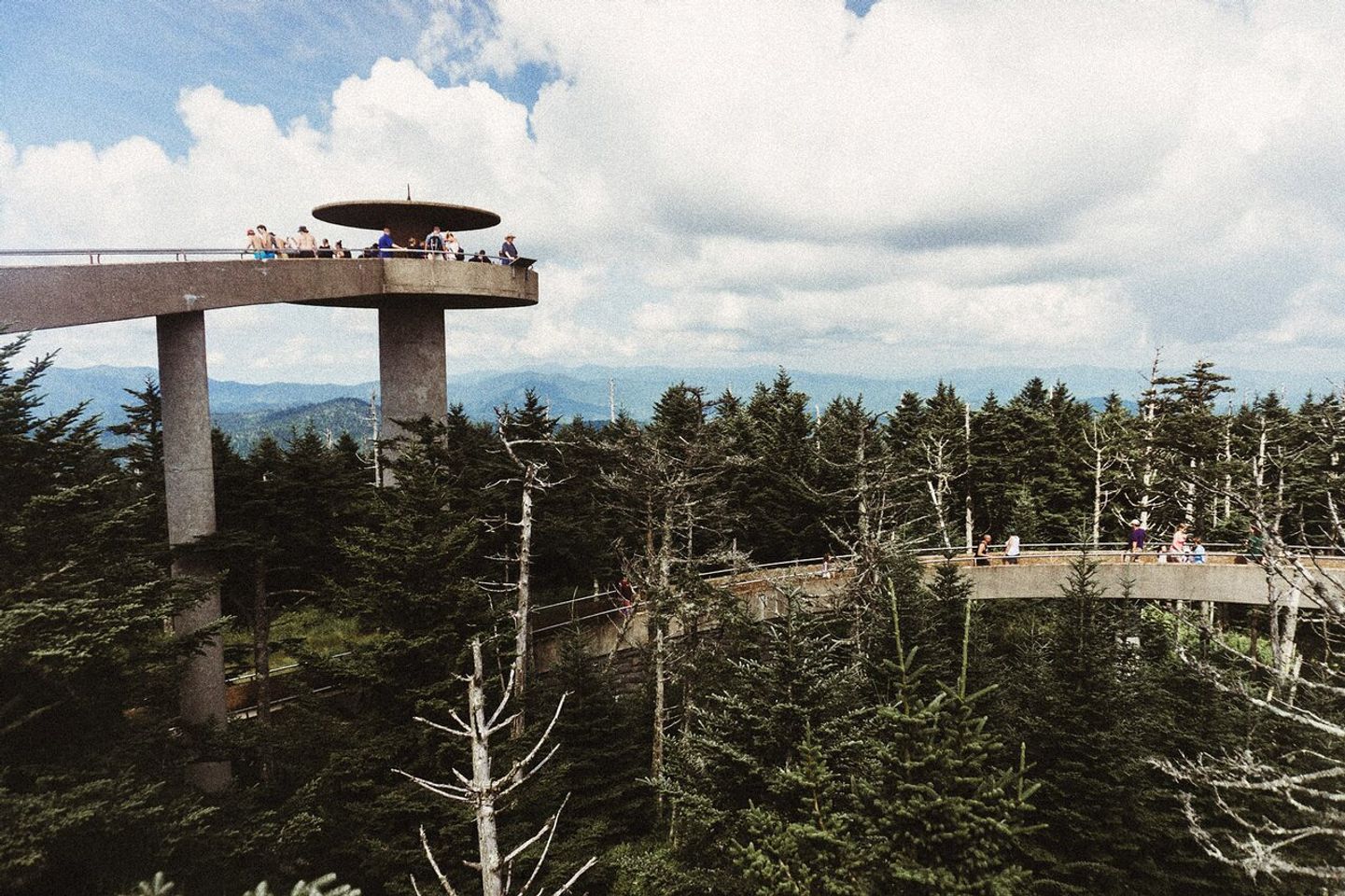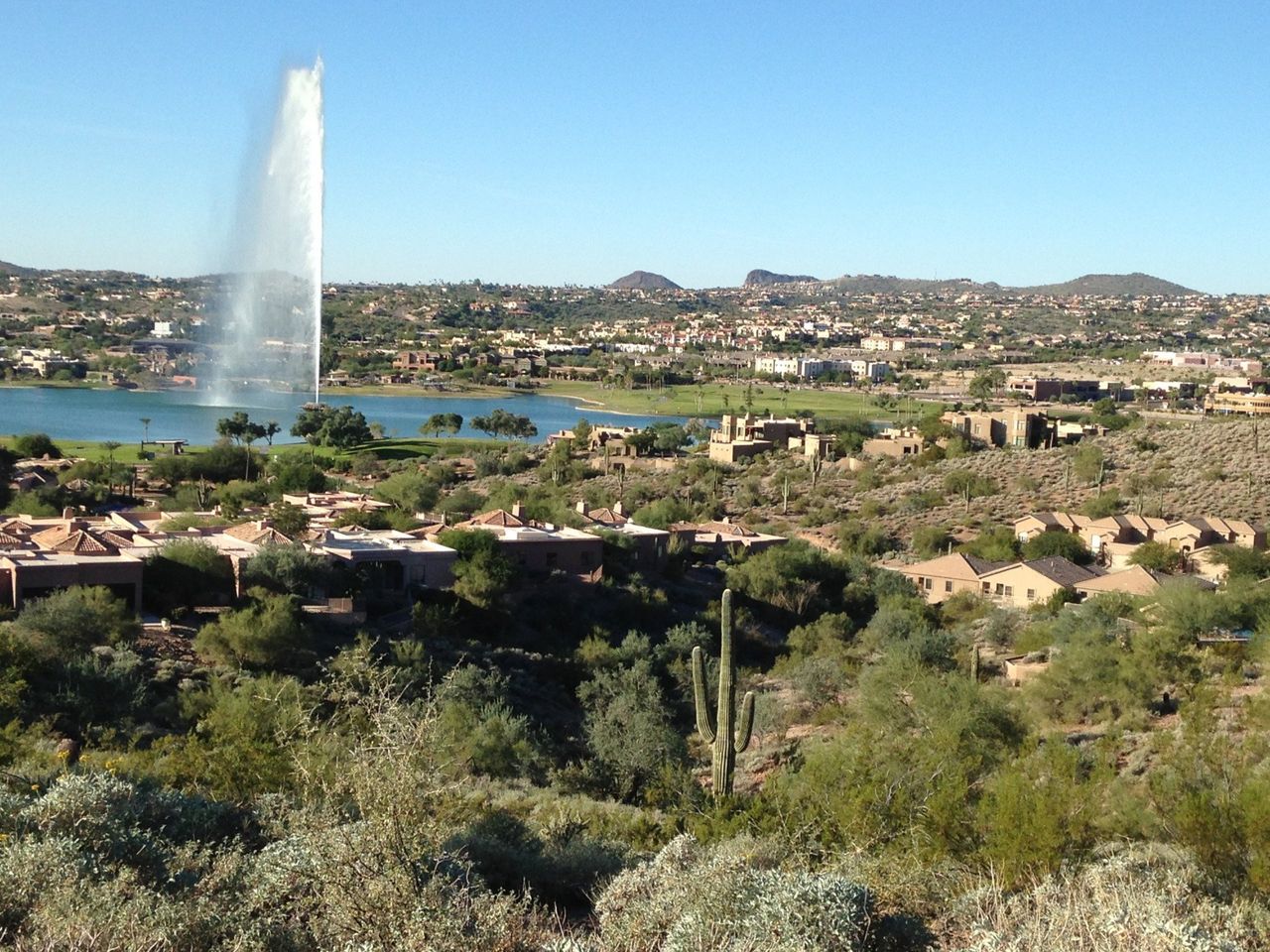Uncover Sarajevos Historic Latin Bridge

Ah, the Latin Bridge in Sarajevo, Bosnia and Herzegovina. An iconic structure that stands as a silent witness to the tumultuous history of this captivating city. As we stand upon this historic bridge, we cannot help but feel a sense of awe and reverence for the events that have unfolded here. It is a place that beckons us to delve into the annals of history and ponder the profound impact it has had on the local community and the world at large.
The Latin Bridge, with its elegant arches and stoic presence, serves as a poignant reminder of the complexities of human conflict and the enduring spirit of resilience. We cannot help but be drawn into its aura, feeling the weight of its significance pressing down upon us. This is not just a bridge; it is a living testament to the indomitable human spirit and a symbol of tenacity in the face of adversity.
As we tread upon the ancient stones of the Latin Bridge, we are transported back in time, enveloped in the echoes of bygone eras. The stories contained within these historic walls are begging to be heard, to be unearthed and shared with future generations. This bridge is not just a physical structure but a conduit for the transmission of knowledge, emotion, and collective memory. Click here to access the complete city guide for Sarajevo.
History of Latin Bridge
Ah, the venerable Latin Bridge in Sarajevo, a place steeped in history and intrigue. As we stand upon its ancient stones, we cannot help but feel the weight of centuries of human experience pressing down upon us. Here, at this very spot, history took a decisive turn with the assassination of Archduke Franz Ferdinand, an event that ignited the flames of World War I. The bridge stands as a silent witness to the tumultuous events that unfolded, a testament to the power of individual actions to shape the course of the world.
With its graceful arches and timeless beauty, the Latin Bridge serves as a poignant reminder of the enduring legacy of the past. It is a place where the echoes of history reverberate through the air, stirring something deep within our souls. As we traverse its span, we cannot help but feel a sense of reverence for the generations that have come before us, whose joys and sorrows are etched into the very fabric of this hallowed landmark. To stand upon the Latin Bridge is to stand at the intersection of time itself, where the past and present converge in a transcendent dance.
We must approach the Latin Bridge not merely as spectators, but as active participants in its ongoing narrative. It is a place that beckons us to contemplate the complexities of human existence, to ponder the forces that have shaped our world and continue to shape it even now. As we gaze upon the tranquil waters of the Miljacka River flowing beneath the bridge, we are reminded of the fluidity of history, the way in which it ebbs and flows, shaping and reshaping the world in ways both profound and unexpected.
Assassination of Archduke Franz Ferdinand
The assassination of Archduke Franz Ferdinand at the Latin Bridge in Sarajevo was an egregious act that served as the spark igniting the flames of World War I. It was a watershed moment that altered the course of history, plunging the world into a cataclysmic conflict that reshaped the global order. The audacious deed committed by Gavrilo Princip, a young Bosnian Serb nationalist, sent shockwaves across continents and set in motion a chain of events that reverberated for years to come.
The sheer audacity and the consequential ramifications of this brazen act cannot be overstated. The assassination not only led to Austria-Hungary declaring war on Serbia but also drew in their respective allies, ultimately snowballing into a devastating world war. The geopolitical landscape of Europe was reshaped, empires crumbled, and millions perished in the trenches. The Latin Bridge, once a quiet spot in Sarajevo, became emblematic of the incendiary moment that altered the course of history.
As we reflect on this momentous event, we are reminded of the potent combination of individual actions and the cascading effects they can unleash. The assassination of Archduke Franz Ferdinand exemplifies the notion that seemingly isolated incidents can have far-reaching and unforeseeable consequences. It serves as a poignant reminder of the power and peril of human agency, and the inextricable link between the actions of individuals and the currents of history.
Architectural features
Ah, the architectural features of Latin Bridge in Sarajevo, Bosnia and Herzegovina. It’s hard not to be captivated by the sheer historical significance and stunning design of this iconic structure. As we stand upon the bridge, we are immediately struck by the graceful arches and the timeless elegance that harkens back to a bygone era. The bridge, with its stone construction and understated beauty, serves as a testament to the enduring craftsmanship of generations past, beckoning us to ponder the tales it could tell.
What truly sets Latin Bridge apart, however, is its role in history. It was on this very bridge that the event triggering World War I occurred—the assassination of Archduke Franz Ferdinand and his wife. The weight of this history is palpable as we gaze upon the bridge, imagining the pivotal moment that unfolded on its cobblestones. Every brick and every surface seem to whisper the echoes of the past, reminding us of the everlasting impact of architectural landmarks in shaping the course of human events.
As we absorb the ambiance of Latin Bridge, it becomes clear that its significance goes beyond mere aesthetics. This architectural wonder stands as a living testament to the intertwining of history and design, inviting us to reflect on the profound influence that built environments can wield. With each step across its expanse, we are reminded that architecture is not just about buildings and bridges, but about the narratives they hold and the enduring legacies they impart upon the world.
Conclusion
In conclusion, we find ourselves captivated by the historical and cultural significance of the Latin Bridge in Sarajevo, Bosnia and Herzegovina. Its iconic stature serves as a powerful reminder of the city’s resilience amidst the adversities of the past. The bridge stands as a tangible symbol of the city’s rich tapestry of traditions, intertwining the narratives of various communities and epochs. As we reflect on the bridge’s enduring legacy, we cannot help but feel a profound sense of awe and respect for the generations that have traversed its path.
Moreover, the Latin Bridge’s poignant connection to the assassination of Archduke Franz Ferdinand and the subsequent eruption of World War I imbues it with an indelible place in the annals of history. Its tranquil facade belies the tumultuous events that transpired on its cobblestone surface, forever changing the course of global affairs. As we ponder the bridge’s role in shaping world history, we are reminded of the interconnectedness of seemingly disparate events, underscoring the importance of understanding the past to inform our present and future.
In essence, the Latin Bridge beckons us to embrace a spirit of inquiry and appreciation for the narratives embedded within its arches. It invites us to delve into the complexities of human experience and ponder the implications of pivotal moments in history. Thus, as we bid farewell to the Latin Bridge, we carry with us a profound sense of reverence for its enduring significance and an enduring curiosity about the stories it harbors within its timeless structure.



